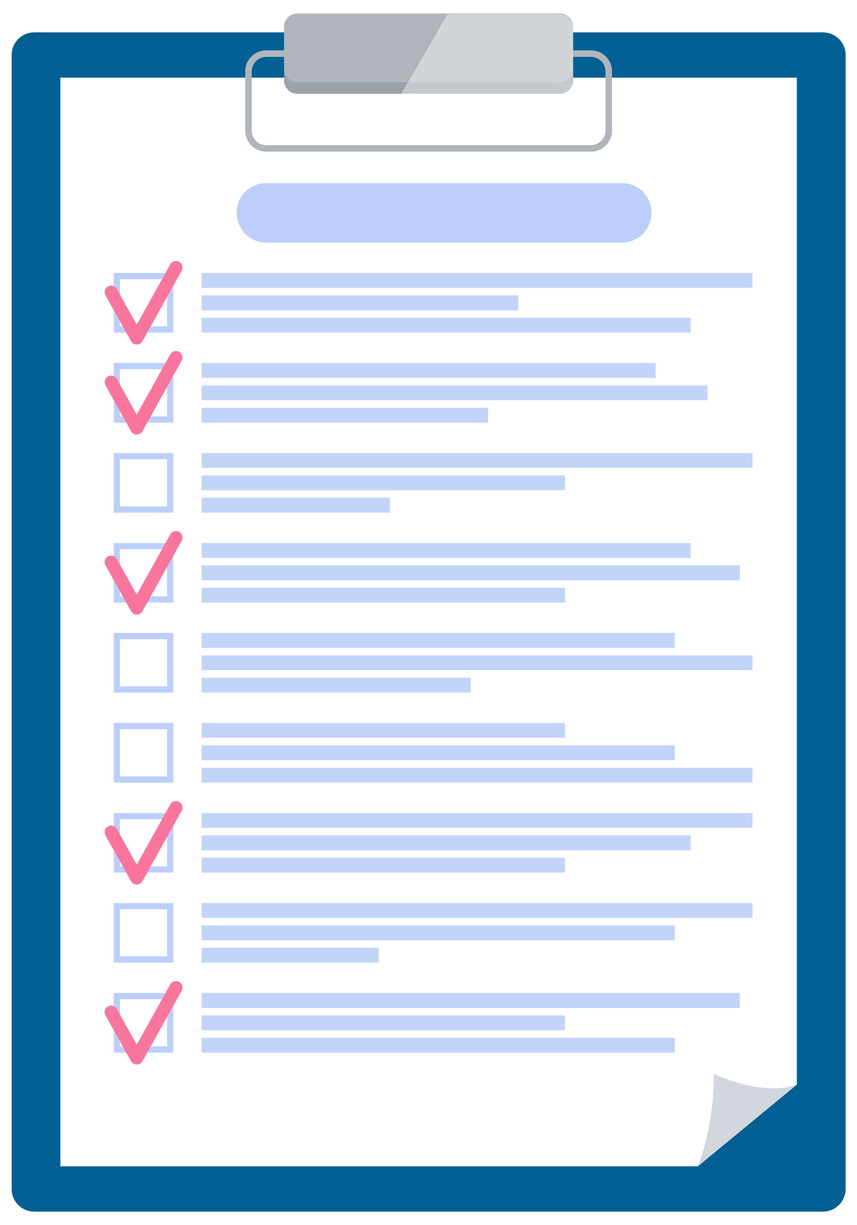Garbage In Garbage Out Episode 2.
Validation is a fancy term for cross-check, double-check, or whatever a person calls “putting an extra pair of eyes” on things. The term deserves its fancy name because what they do is powerful. We’ve found that workflows that integrate key validation points work better and can potentially save hours of rework. So, onto our second installment of the Garbage In Garbage Out series where we’ll explore the power of validations.
The two most common places within laboratory data flows where validations occur are: 1) when entering lab orders manually, or 2) when reviewing electronic orders and associated clinical information in LIS systems. Below, you’ll learn specifically where incorrect downstream flows can start and then what can be done to reduce them.
Looking further down the road – beyond bad data simply getting into the primary LIS system – it is important to consider how far the bad data can reach. It’s not just the immediate test results that can contain bad information…it’s also capable of flowing downstream. So, in the case of data flowing down to a data warehouse (for example, one that uses it for other reporting purposes), changes to correct bad data may not be possible or quite challenging. We’ve found that some custom data warehouses are highly resistant to change.
These challenges then all fall onto the data entry team. In the case of getting an electronic order from an EMR that’s not correct – such as an inaccurate order choice or test code – a person dealing with it may desire to correct it, or need the results to be sent back to match the original order, all creating a “match it up” challenge. It typically goes into an “exceptions” folder due to an inaccurate test code or order choice at its origination point.
The solutions to these challenges – so cleverly hinted to at the start – all lie in validations. One type is the data entry rule to prevent incorrect information from being able to be entered in the first place. Another tool is to set up macros (yeah, those old Microsoft widgets) to enter the information – letting preset values populate to remove the human entry aspect. Finally, setting as many defaults as possible really goes a long way to enhancing accuracy.
If you’ve read our recent articles, these first hints may be a bit of a recap. So, what else can you do? The “favorite” may seem like a web surfing tool to get back to a specific page easily, but it’s a powerful tool in an EMR. By setting favorites or using EMR-driven order sets, a lab can reduce their number of errors when compared to manually entered data.
Also, making sure compendiums are up to date is a valuable practice to avoid headaches. Failing to keep compendiums updated causes inaccurate order choices to remain available when they are no longer valid. On the paper requisition side, make sure EMRs send them with the specimen when it’s received at the lab so you can validate the paper against the electronic order.
How to make sure you’re doing all that you can to put as much validation into place? The term audit scares people because it reminds them of the IRS. But they are actually your friend in this case. Labs can audit their current processes to see if the above-mentioned validation steps are in place in their workflows. To do this, it’s easiest to turn to a friendly expert: reach out to your LIS data team for advice on implementing any steps that may be missing in your processes.
This will get you on the road to reducing errors and rework which is what Garbage In Garbage Out is all about: C4’s ongoing effort to enhance the accuracy of our customer’s data, reduce wasted time, and make work more efficient.






